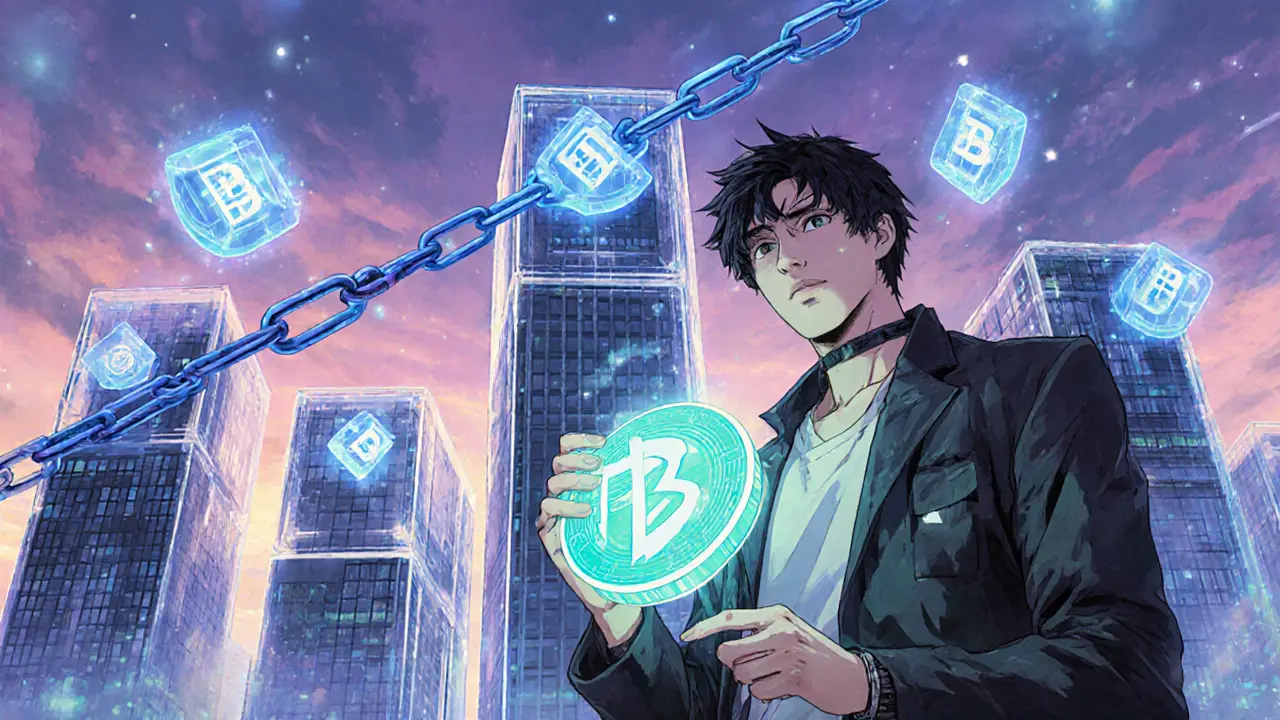LAND Token: What It Is, How It Works, and Why It Matters
When you hear about LAND token, the utility token that represents parcels of virtual land across several metaverse platforms. Also known as digital real estate token, it grants ownership rights, enables trading, and powers in‑game services. The token is a core part of the virtual‑real‑estate ecosystem, where each token corresponds to a unique plot of land that can be bought, sold, or developed.
Key Platforms and Related Concepts
The most well‑known playground for LAND token is Decentraland, a 3D metaverse built on Ethereum that lets users own, build, and monetize virtual parcels. Decentraland uses LAND token to stake ownership, charge rent, and reward creators. LAND token therefore isn’t just a coin; it’s a claim‑title on a digital piece of earth within a blockchain‑backed world. Another pillar is the underlying Ethereum, the smart‑contract platform that records LAND ownership and runs the marketplace. Without a secure, decentralized ledger, the notion of immutable land titles would crumble.
Beyond the platform, the token’s economics hinge on its tokenomics. Supply is fixed, and each token maps one‑to‑one with a parcel identifier, creating scarcity. As demand for virtual experiences rises, price movements often reflect broader metaverse sentiment rather than pure speculation. Investors watch metrics like average parcel price, transaction volume, and developer activity to gauge health. Because LAND token is non‑fungible at the parcel level, its value is also tied to location – “prime” spots near popular hubs command higher prices.
Ownership details are codified as NFTs, non‑fungible tokens that uniquely identify each piece of virtual land. An NFT carries metadata about coordinates, size, and any built‑on structures, making every parcel distinct. This NFT framework ensures that land transfers are transparent and traceable on‑chain, eliminating double‑spending and fraud. It also opens doors for developers to create layered services – from virtual storefronts to event venues – all anchored to a verified NFT parcel.
Practically, you can acquire LAND token through primary sales, secondary marketplaces, or on‑chain auctions. Once owned, you can develop the land using the platform’s builder tools, lease it to other creators, or simply hold it as a speculative asset. The token also interacts with other in‑game currencies, allowing users to pay for construction, advertising, or utilities. Because the metaverse is still early, many users treat LAND token as a long‑term bet on the growth of virtual economies.
Risk factors include regulatory uncertainty, market volatility, and platform‑specific bugs. A sudden change in governance rules could affect how parcels are used or taxed. Moreover, because LAND token’s value is heavily tied to user adoption, a drop in active users can depress prices fast. Keeping an eye on community votes, developer roadmaps, and cross‑platform integrations helps mitigate these risks.
Below you’ll find a curated set of articles that dive deeper into each of these aspects – from technical breakdowns of tokenomics to step‑by‑step guides on buying and building with LAND token. Whether you’re just curious or ready to invest, the collection offers practical insights to help you navigate the virtual‑real‑estate landscape.
Landshare (LAND) Airdrop Details: CMC Launchpad & MEXC Campaign Explained
Get the full rundown on Landshare's airdrop, covering the MEXC voting campaign, potential CoinMarketCap launchpad giveaway, eligibility steps, and tips to claim rewards.

